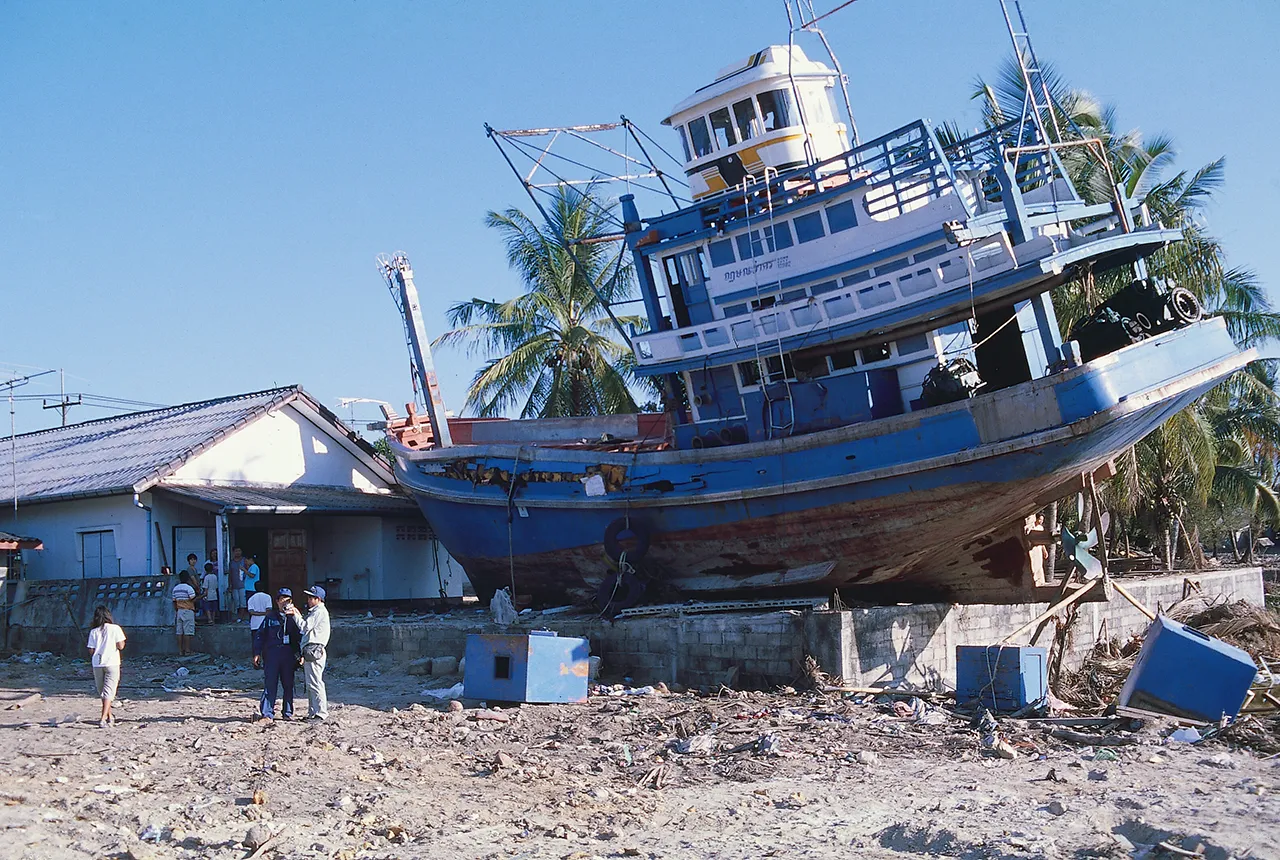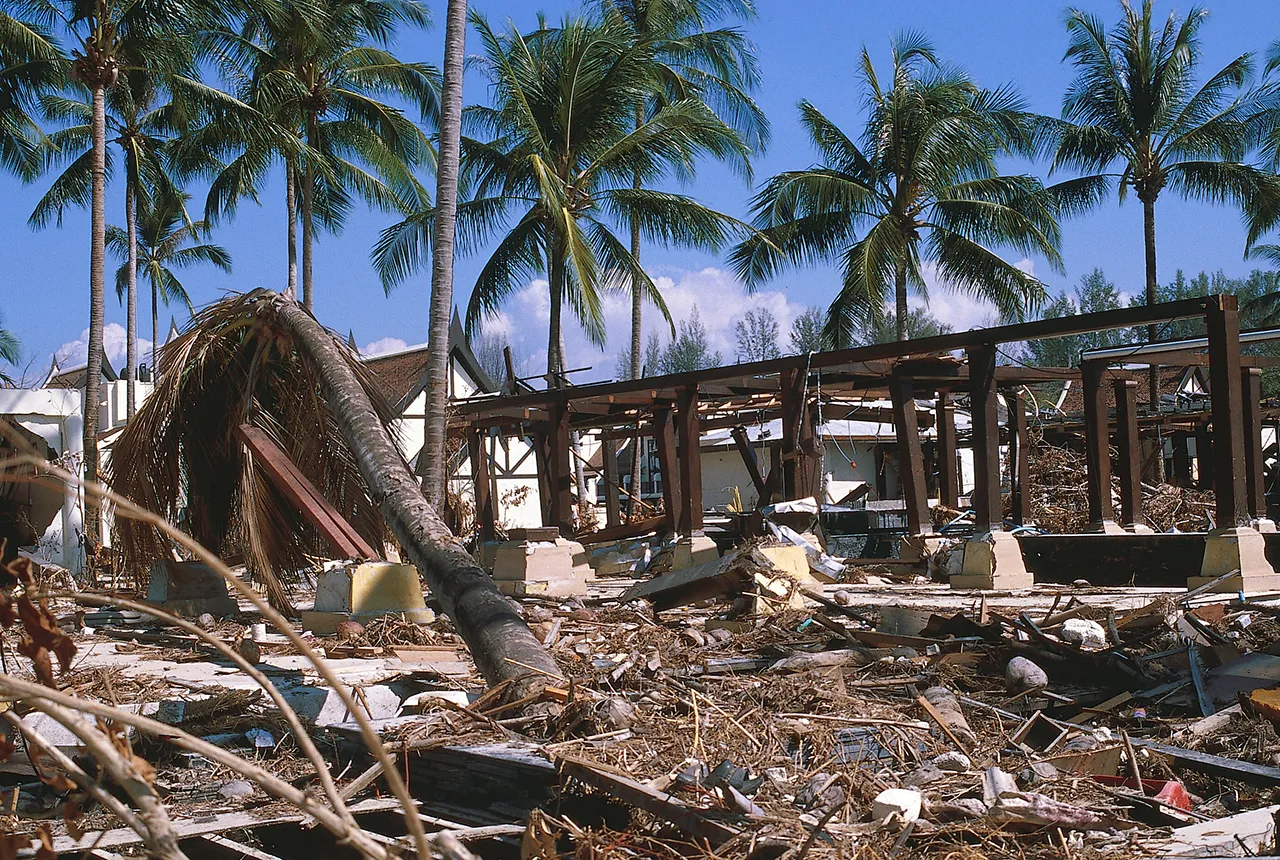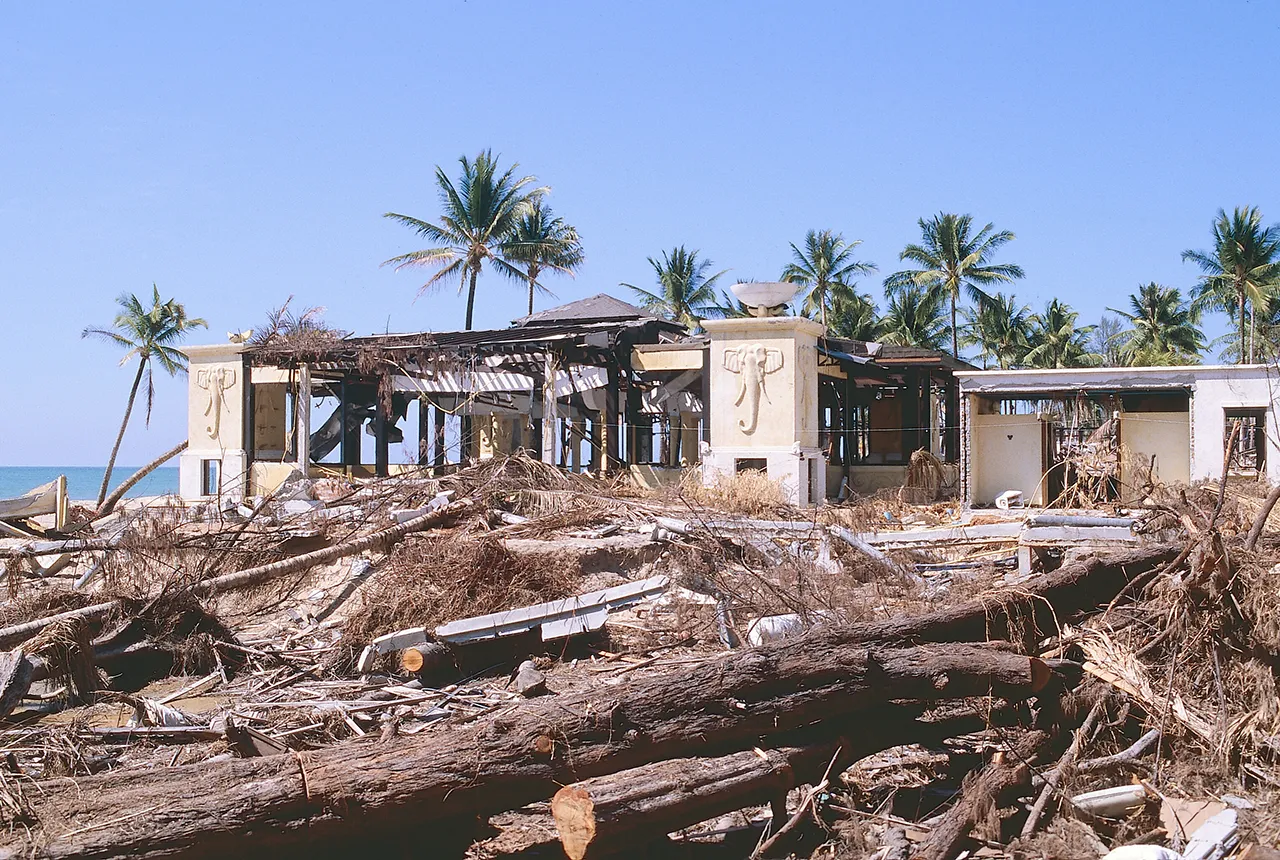Twenty years on: the Indian Ocean earthquake and tsunami
Boxing Day 2024 marks 20 years since the Indian Ocean earthquake and tsunami. Prof David Tappin reflects on the disaster and discusses what we have learnt since 2004.
26/12/2024 By BGS Press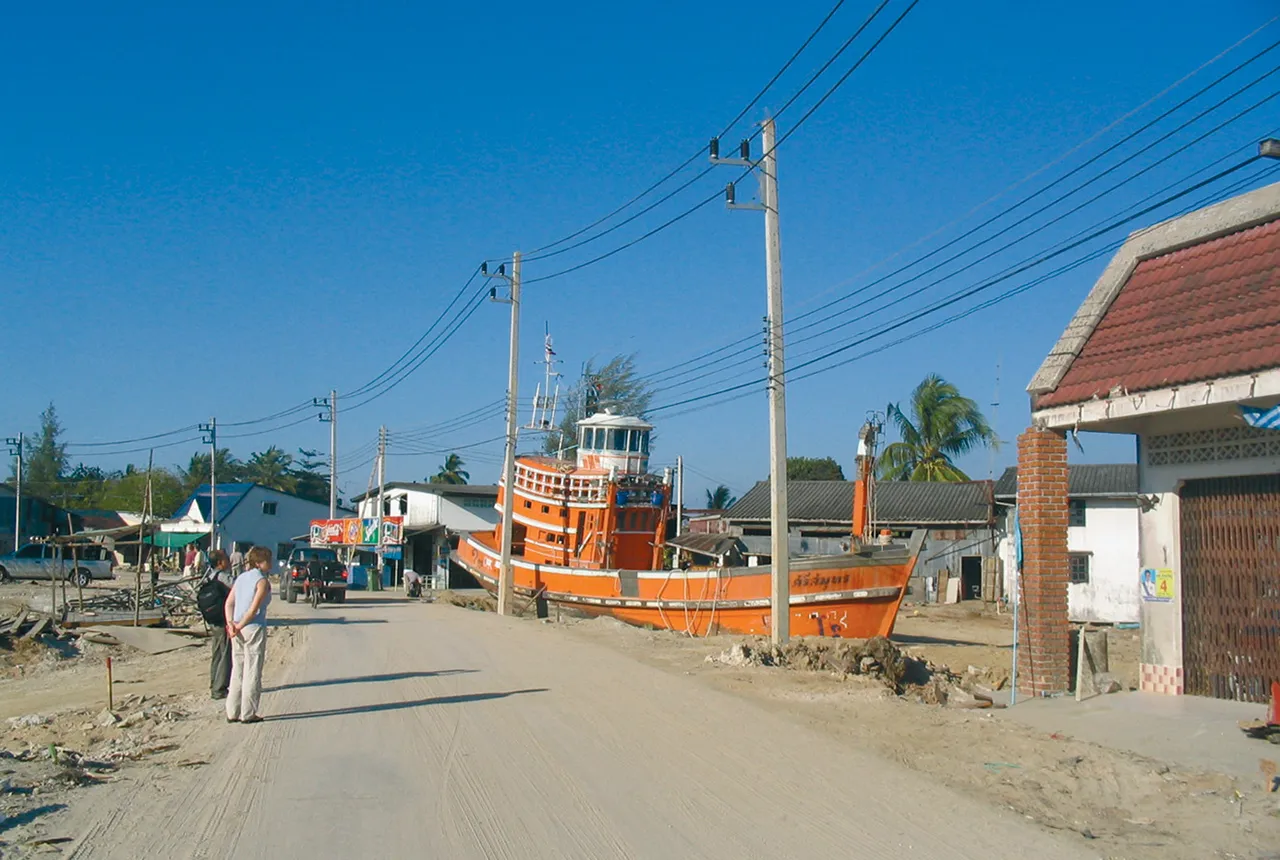
On Boxing Day, 26 December 2004, a magnitude 9.2 to 9.3 earthquake struck off the west coast of northern Sumatra in Indonesia. It triggered a tsunami with waves reaching 30 m in height that claimed the lives of more than 220 000 people in one of the largest disasters, in terms of loss of life, in modern history. Local residents and tourists in countries including Thailand, Sri Lanka and India would all face a fight for survival as giant walls of water swept through coastal communities and far inland.
Known by the scientific community as the 2004 Sumatra-Andaman Earthquake, we now know more about the underlying reasons that led to the disaster: the unexpected occurrence of a gigantic earthquake in the region, the lack of a tsunami warning system, and a lack of awareness amongst local inhabitants and visitors about the hazard and how to respond.
There have been other devastating tsunami events over the past 30 years, aside from the Sumatra-Andaman Earthquake, including in Papua New Guinea in 1998 and the Great East Japan Earthquake and Tsunami of 2011. The tsunami events of 1998, 2004 and 2011 were catastrophic and it seems that we are now living in an ‘age of tsunamis’. The events have resulted in better understanding of tsunami mechanisms and improved mitigation measures around the world.
Immediately after the 2004 event, the Hyogo Framework of Action for 2005 to 2015 was adopted at the World Disaster Reduction Conference and later endorsed by the UN General Assembly. It was created for building the resilience of nations and communities to disasters, and consists of five action items:
• make disaster risk reduction a national and local priority
• identify, assess and monitor disaster risks and enhance early warning
• use knowledge, innovation and education to build understanding and awareness
• reduce risk factors
• be prepared and ready to act
Immediately after the Indian Ocean event, BGS scientists participated in responsive marine research expeditions that resulted in increased knowledge of sea-bed deformation resulting from the earthquake. Of particular importance was whether submarine landslides triggered by the earthquake could have contributed to the tsunami. The surprising result was that, despite the massive earthquake magnitude, the landslides identified were numerous but small, so did not contribute to the tsunami.
Longer-term responses to the Indian Ocean event have resulted in major advances in understanding earthquake tsunami mechanisms, which have further contributed to disaster risk reduction efforts. Most important was improved tsunami warnings for coastal communities. Before 2004, the only tsunami early warning system (TEWS) was in the Pacific Ocean. TEWS are based on identifying earthquake magnitudes (usually larger than magnitude 7 to 8) than could result in hazardous tsunamis. With the Indian Ocean tsunami, around 80 000 people died along the coasts of India, Sri Lanka and Thailand that could have been saved if there was an operational TEWS, because the tsunami took two hours to reach these locations.
The 2004 event resulted in the establishment of TEWS in the Indian and Atlantic oceans and the Mediterranean and Caribbean seas. These can now identify earthquakes that could generate hazardous tsunamis and provide warnings to local coastal populations, resulting in evacuation from threatened locations.
Other practical developments in earthquake and tsunami mitigation include:
• early detection of potentially or tsunami generating earthquakes
• identification of tsunami magnitudes and their likely impacts
• more accurate modelling of different tsunami mechanisms, such as earthquakes and submarine landslides
• improved instrumental measurements of offshore and deep-ocean tsunamis
• global studies of recurrence intervals of large earthquakes in subduction zones, enabling improved statistical analysis of past events, better assessments of probable maximum size and long-term forecasting of great subduction zone earthquakes
Our knowledge base today, to plan and respond to tsunamis, is far beyond anything considered possible 30 years ago. Devastating tsunami events are, fortunately, quite rare, but as the last few decades have proved, can happen with devastating consequences.
The 20th anniversary of the Boxing Day Indian Ocean earthquake and tsunami is critically important for both honouring the victims of this tragedy and reminding ourselves that it will happen again in the future. Thanks to research undertaken over last twenty years, we are now more prepared than ever before to mitigate the threat of this formidable phenomenon.
Prof David Tappin, lead marine tsunami expert at BGS.
Relative topics
Related news
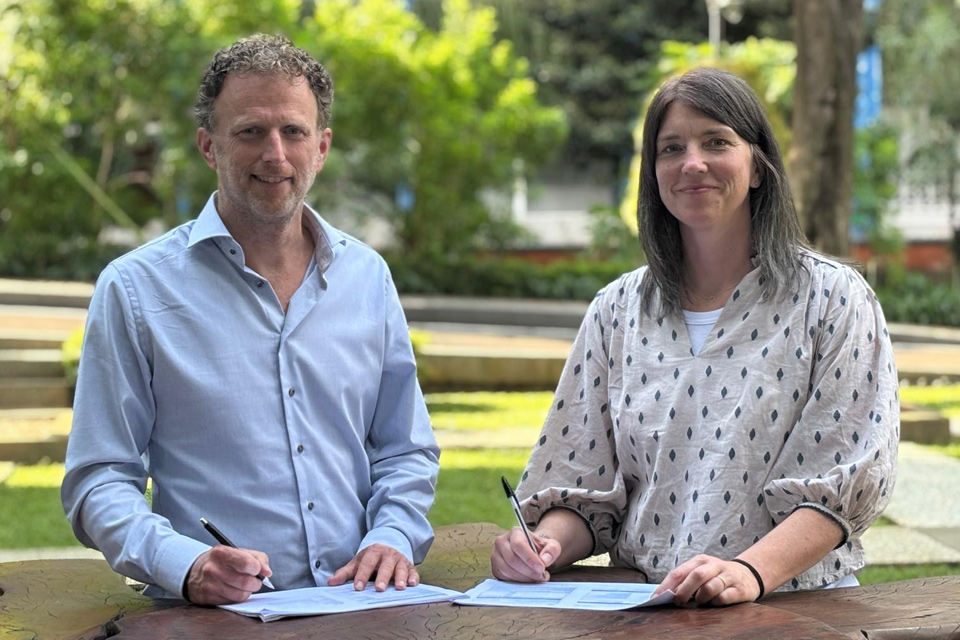
New collaboration aims to improve availability of real-time hazard impact data
19/06/2025
BGS has signed a memorandum of understanding with FloodTags to collaborate on the use of large language models to improve real-time monitoring of geological hazards and their impacts.
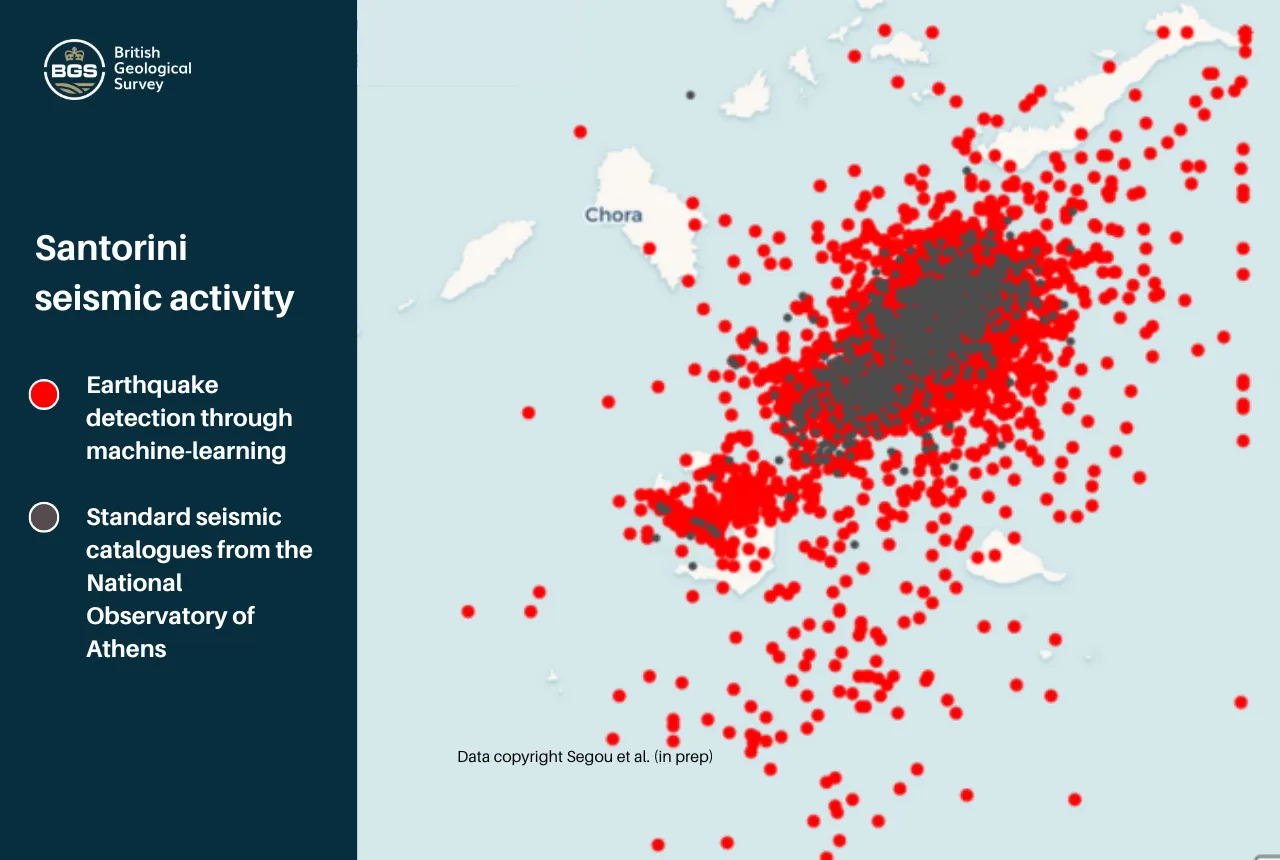
Artificial intelligence is proving a game changer in tracking the Santorini earthquake swarm
07/02/2025
Scientists are harnessing the power of machine learning to help residents and tourists by detecting thousands of seismic events.
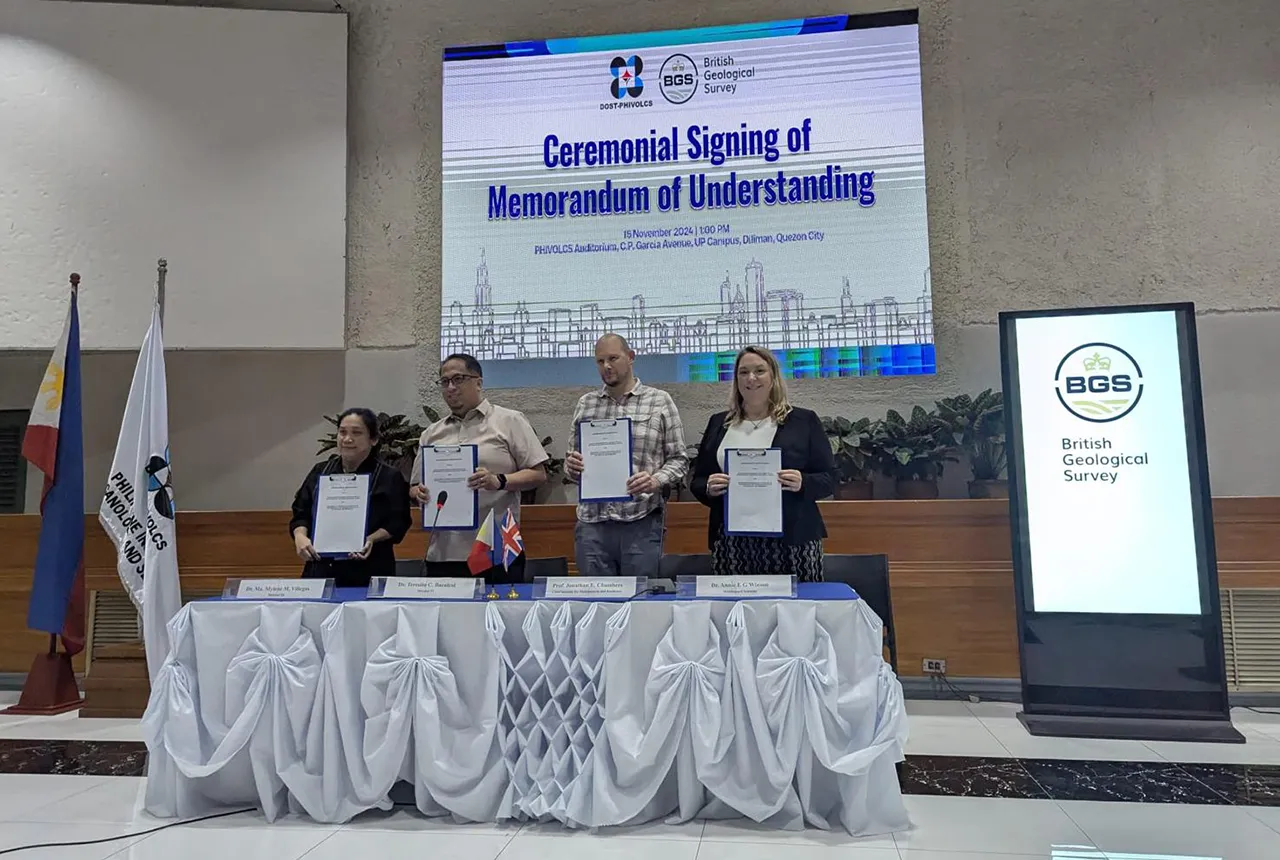
New Memorandum of Understanding paves the way for more collaborative research in the Philippines
21/01/2025
The partnership will focus on research on multi-hazard preparedness within the country.

Twenty years on: the Indian Ocean earthquake and tsunami
26/12/2024
Boxing Day 2024 marks 20 years since the Indian Ocean earthquake and tsunami. Prof David Tappin reflects on the disaster and discusses what we have learnt since 2004.

Electromagnetic geophysics in Japan: a conference experience
23/10/2024
Juliane Huebert took in the fascinating sights of Beppu, Japan, while at a geophysics conference that uses electromagnetic fields to look deep into the Earth and beyond.
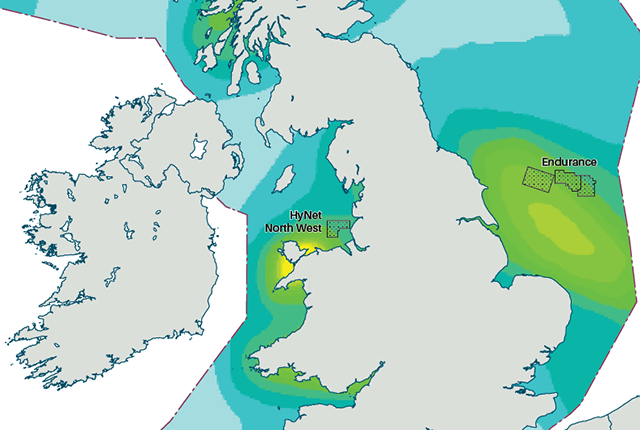
New hazard maps set to help safeguard UK offshore energy industry
12/09/2024
Essential geological model detailing seismic hazard published as the pursuit of new renewable energy infrastructure intensifies.

New appointments to BGS Science Advisory Committee
29/08/2024
The appointments mark the latest step in the ongoing delivery of BGS’s essential geological expertise.
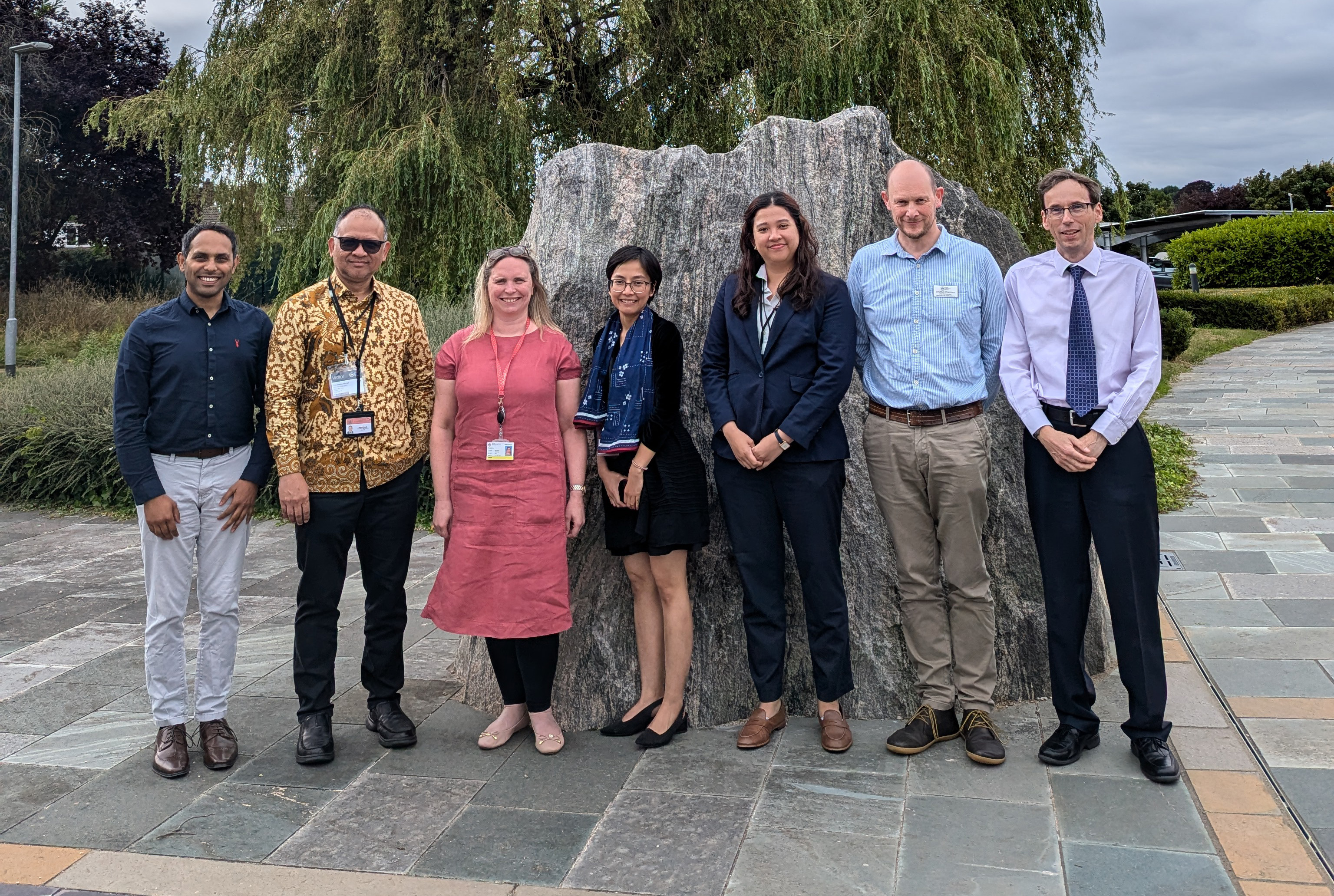
Visit by Indonesian Embassy representatives to BGS
27/08/2024
Strengthening BGS/Indonesia scientific research partnerships to address the complex challenges Indonesia faces from natural hazards and maximising opportunities from mineral resources and geothermal energy.
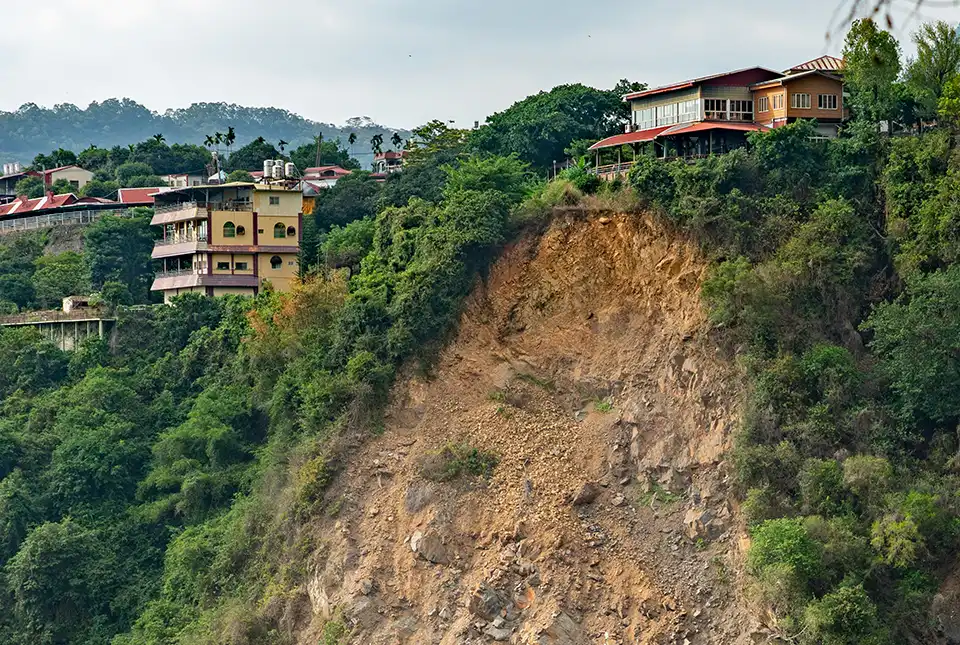
Studying multi-hazards from space
25/07/2024
A new European Space Agency-funded project will study the effect earthquakes have on occurrences of other natural hazards in the long-term.
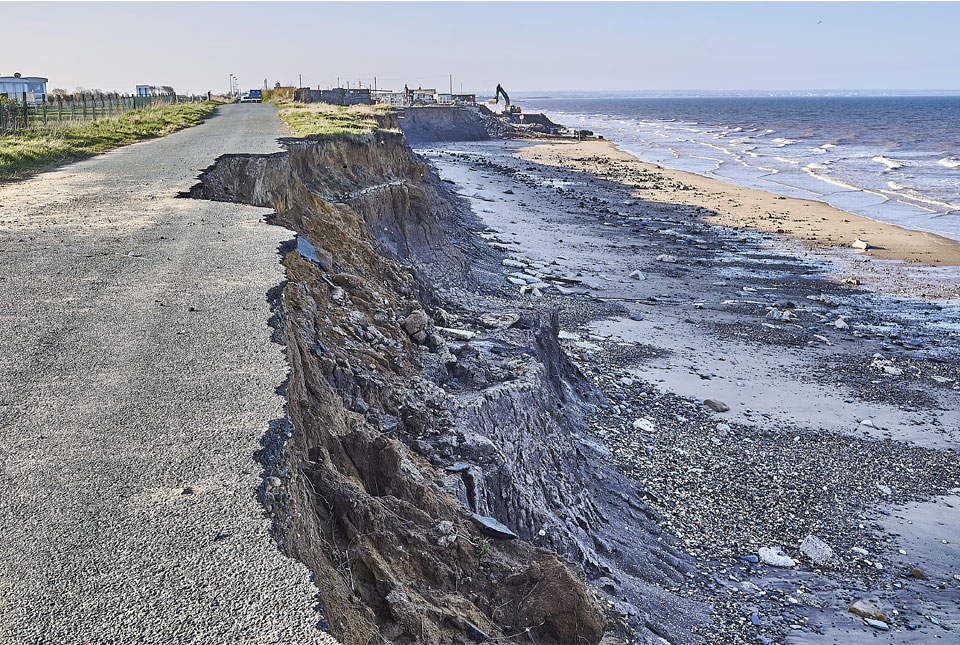
Spotlight on BGS coastal erosion data
18/07/2024
BGS GeoCoast data can support researchers and practitioners facing coastal erosion adaptation challenges along our coastline.
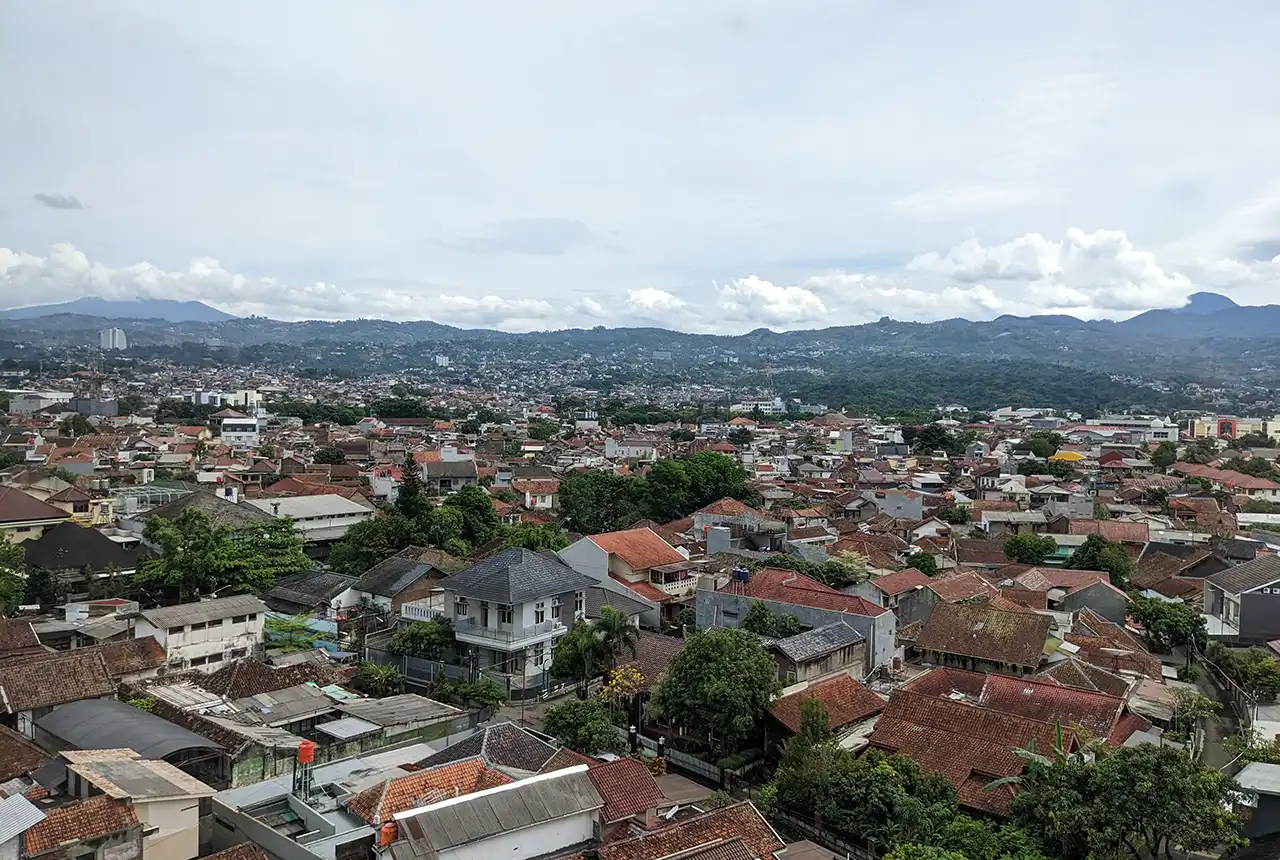
Nearly three million people in Indonesia’s second city could be affected by an earthquake
17/07/2024
BGS-led research reveals the number of people in the Bandung metropolitan region who could be exposed to a major earthquake.

Quake it off: Taylor Swift concerts shake Edinburgh
13/06/2024
Seismometers around Edinburgh were triggered by the rapturous Murrayfield crowds over the weekend.



